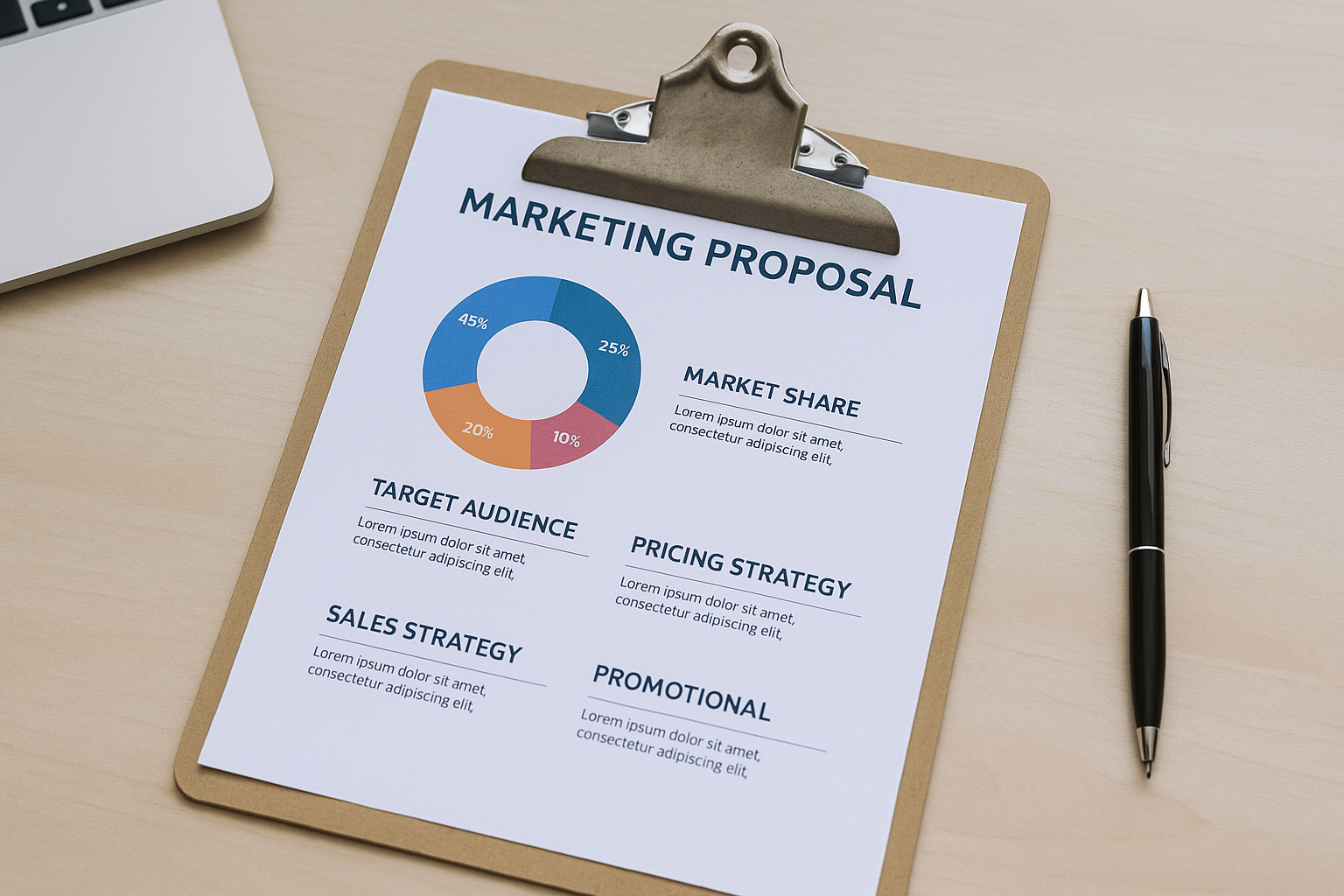What is Arc of Attention? Why Does It Determine Your Brand's Success or Failure?
In digital marketing, the "Arc of Attention" refers to a consumer's entire attention journey from noticing your brand to complete engagement and eventual conversion. This journey typically consists of the following stages:
- Triggered Awareness: Initial exposure, such as ads or social media posts
- Sparked Interest: Clicks, viewing more content
- Deepened Engagement: Subscriptions, interactions, comments
- Driven Conversion: Purchases, sign-ups, downloads
- Sustained Loyalty: Repeat purchases, active recommendations
If you fail to continuously advance users through this "attention arc," you risk being forgotten in a highly competitive market.
This is why designing a strategic "digital marketing strategy" to carefully guide the Arc of Attention has become an essential task that no marketer can ignore.
Why is "Bridging the Trust Gap" Critical? (The Challenge of Trust Deficit)
Bridging the Trust Gap refers to narrowing the trust distance between brands and consumers.
Modern consumers are smarter and more skeptical. Before making a purchase, they engage in the following behaviors:
- Searching for reviews
- Comparing brands
- Checking other users' experiences
- Evaluating social credibility
If you fail to build small but steady trust at every stage of the Arc of Attention, consumers will easily slip away.
Effective brand trust building strategies include:
- Clear and transparent brand promises
- Sharing real customer case studies
- Professional yet understandable content marketing
- Quick and personalized customer service
- Consistent visual and messaging design
🌟 Quick Tip: Research shows that brands with high trust levels can increase conversion rates by up to 3 times or more!
How to Manage Both Arc of Attention and Trust Gap in Digital Marketing?
Here are the core skills marketers must possess when planning:
- Design content maps aligned with customer journey optimization → Ensure every piece of content and touchpoint has a clear position and objective.
- Use storytelling to create emotional connections → Attention peaks usually occur after emotional triggers.
- Design phased trust stacking actions → Start with simple trust (e.g., 5-star reviews), then build deeper trust (e.g., detailed case studies).
- Strengthen brand consistency and rapid response capability → Messages, visuals, and customer service must be consistent and immediate to avoid trust breaches.
Frequently Asked Questions (FAQ)
Q1: What's the best example of Arc of Attention application?
A: Netflix's recommendation system and trailer design exemplify the ultimate Arc of Attention application, seamlessly progressing from eye-catching to binge-watching.
Q2: How to quickly narrow the Trust Gap?
A: Adding real-time review updates, certification badges, and customer testimonial videos to websites and ads can significantly boost trust in a short time.
Q3: What's the relationship between customer journey optimization and Arc of Attention?
A: Customer journey optimization ensures the Arc of Attention flows naturally and uninterrupted, making sure each step helps customers become more trusting and engaged.
Conclusion: Make Your Brand a "Safe Harbor" in Customers' Hearts
To stand out in a competitive market, it's not just about catching attention—it's about becoming a brand customers can trust and rely on. Starting from the Arc of Attention, carefully designing each touchpoint, and actively Bridging the Trust Gap will be the keys to future digital marketing success.
Start now—upgrade your digital marketing strategy and truly enter your customers' hearts!







